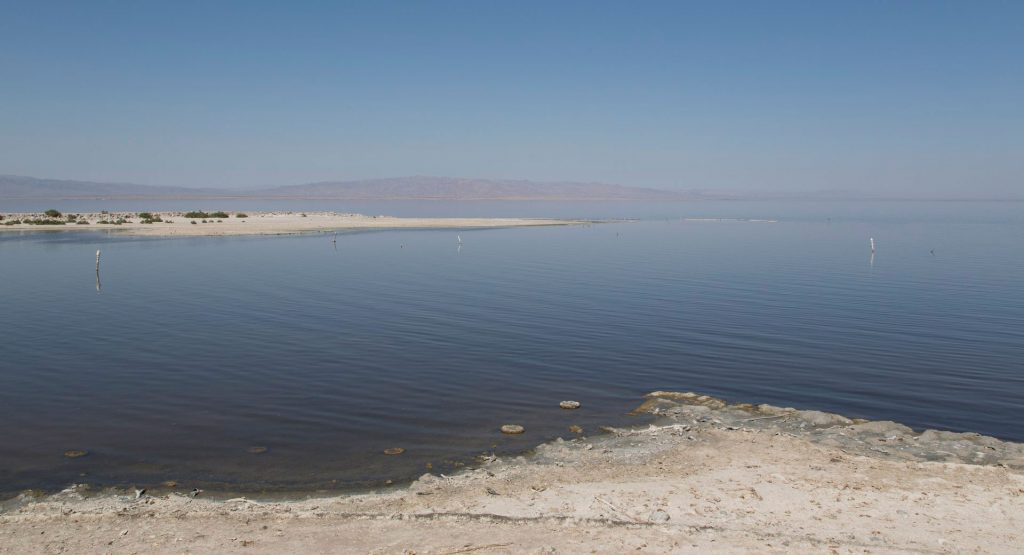California could be the heart of a new EV revolution across North America thanks to vast reserves of lithium found at the Salton Sea.
The 343-square-mile lake was created after the Colorado River flooded in 1905 and is home to huge geothermal deposits of lithium. According to the U.S. Department of Energy, it could generate 600,000 tons of lithium a year, which is more than the U.S. currently needs.
“This is a great opportunity for the genius of California to be deployed for the very important problem of the electrification of everything,” chief energy officer at nonprofit New Energy Nexus, Danny Kennedy, told Auto News. “If Joe Biden wants to make batteries in America for the electrification of our vehicle fleets, this is your only shot at scale.”
Read Also: Lithium-Ion Battery Prices Fell 6% Last Year, But Trouble Is On The Horizon
Officials have known about the lithium deposits for quite some time but according to chief executive of Controlled Thermal Resources, Rod Colwell, it hasn’t been economically viable to extract it until now.
The lithium at Salton Sea is suspended in super-hot liquid and is easier to extract than traditional mining. Eleven geothermal power plants already operate in the area and take the lithium from the ground while extracting brine for steam production. The lithium is then returned to the ground. A new facility is being built that will combine a geothermal power plant and a separate lithium extraction site. Controlled Thermal Resources says it could extract 300,000 tons of lithium a year once the site is fully operational.
“What’s the world production now? Maybe 380,000 or 400,000 tons. That’s it,” Colwell revealed to Auto News. “We’ve just got to do little bite-size chunks with 20,000 tons, 20,000 tons, 20,000 tons. And then we just keep replicating the engineering and keep refining as we go. And we just put more wells down and keep moving out.”
General Motors has invested in Controlled Thermal Resources and is collaborating with the startup to secure the lithium from California. Battery-grade lithium should be produced by the startup from 2024. Most lithium currently used in the automotive industry comes from Australia, China, Bolivia, Chile, and Argentina.





